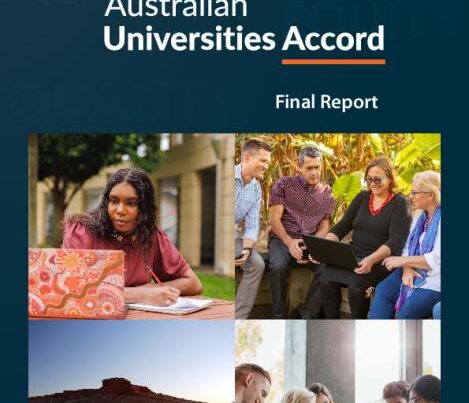Graduation rates are a key indicator of educational quality and student success. But Australian universities are struggling with recent declines in student retention and enrolment. How can you boost graduation rates?
Current Declines in Graduation and Enrolment Rates
The Australian higher education sector is facing a crisis of student retention and enrolment. According to the latest data from the Federal Education Department, the proportion of students who completed their degree within six years reached a record low in 2022, while the number of new domestic undergraduate students dropped to the lowest level since 2013.
The data reveals that one in four students who enrolled in a degree in 2017 had dropped out by 2022, the highest attrition rate since records began in 2005. This highlights a real need to boost graduation rates at Australian Uni’s.
The data also show a hit to student enrolment rates as the number of undergraduate students starting their degree in 2022 was 8% lower than in 2021 and 3% lower than in 2019. Enrolments declined across all fields of study, including key skill shortage areas such as engineering, information technology and teaching.
Challenges Intensified for Equity Groups
Unfortunately, equity groups have been worst affected in these recent declines. New enrolments decreased for nearly all under-represented student groups. Indigenous enrolments fell for the first time in at least 16 years, while student enrolments from regional and economically deprived areas sank to their lowest level in at least six years.
These trends suggest that the Australian higher education sector is facing significant challenges in attracting and retaining students, especially those from equity groups. Possible causes include reduced government funding, increased competition from online and international providers, and changing labour market demands. To improve graduation rates, the sector needs to address the factors that affect student success, such as academic quality, student support, flexibility and affordability.
“Only 15 per cent of people from poor families have a uni degree today. And it’s even lower if you’re Indigenous.”
Education Minister, Jason Clare

Higher Education Support Amendment (HESA)
Improving graduation rates is one of the reasons why Education Minister Jason Clare, has introduced The Higher Education Support Amendment Act 2023. The goal of the Act is to improve student support provision in Australian universities, attract more students from equity groups, and improve graduation rates.
To comply with the new regulations, Australian universities will need to have a ‘Support for Students Policy’ ensuring appropriate supports are available and students are aware of them. They also must demonstrate clear processes for identifying students that are at risk of dropping out or not graduating. This includes keeping track of risk factors such as not attending classes or not engaging with course content on their LMS. Implementing an effective ‘Support for Students Policy’ will help Australian universities combat recent graduation and enrolment declines.
The Most Effective Student Support Policies
The most effective student support policies for identifying students at-risk and improving graduation rates include:
By utilising student learning analytics and early alert workflows, support staff can easily keep track of key student risk indicators such as attendance, grades, online engagement and more. Learning analytics platforms, such as SEAtS Software, can use this important student data to identify when a student is at-risk and push early alerts that reach out to students, offer support or alert staff.
Once a student has been identified, case management software can track their progress, record interactions with support staff and report on the success of your interventions and student support policy.
CONTACT US
If you’re interested in learning more about boosting graduation rates at your institution, contact SEAtS Software today!









